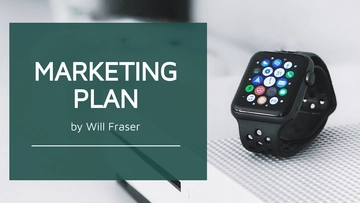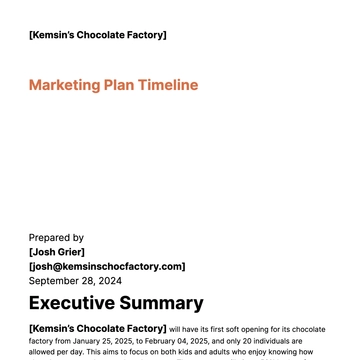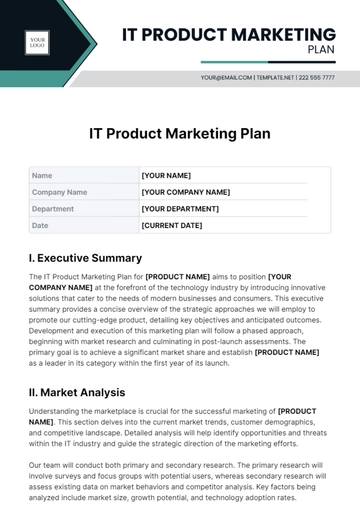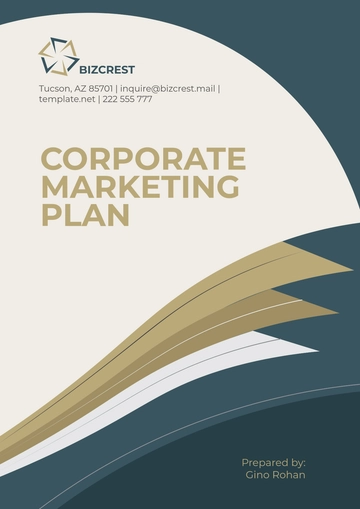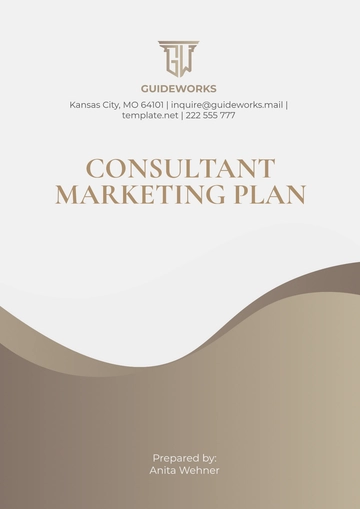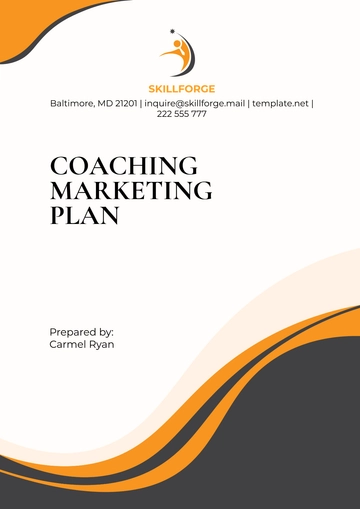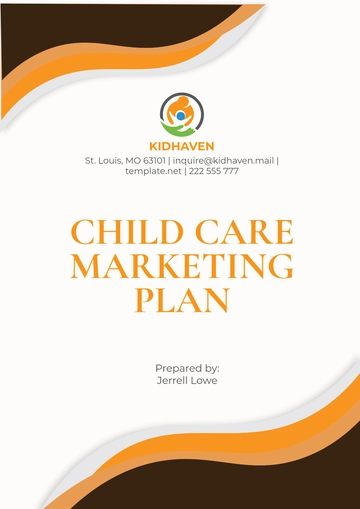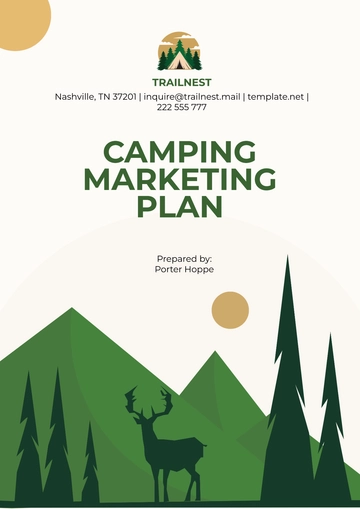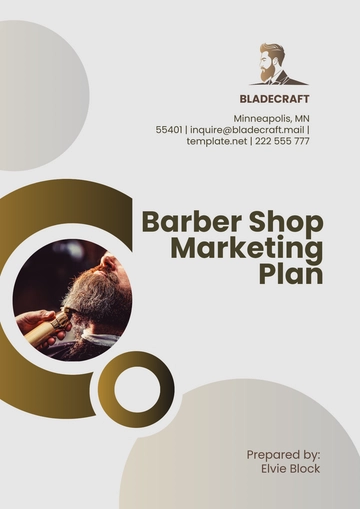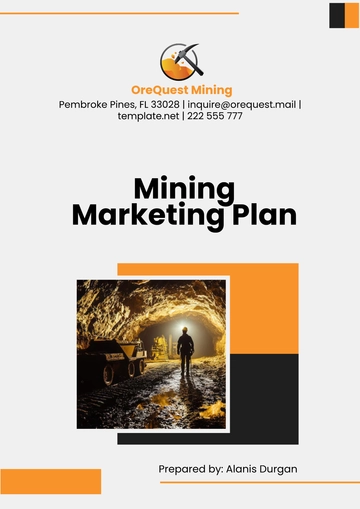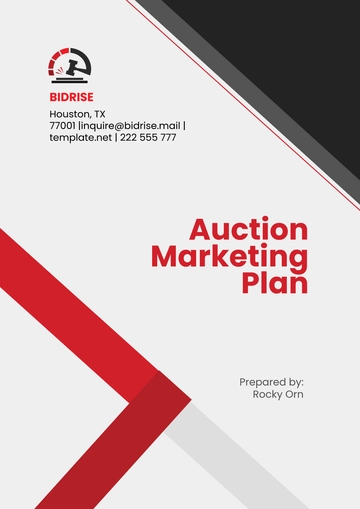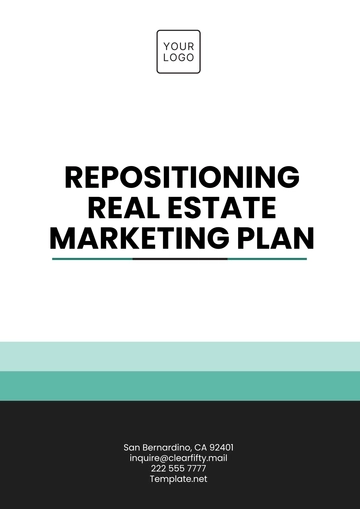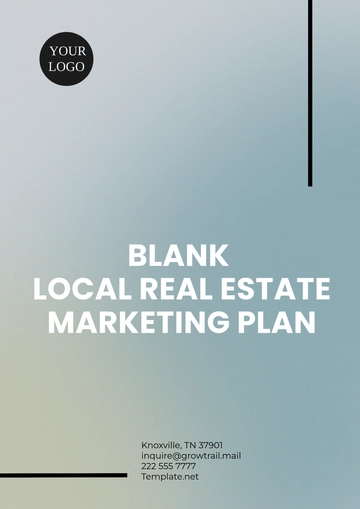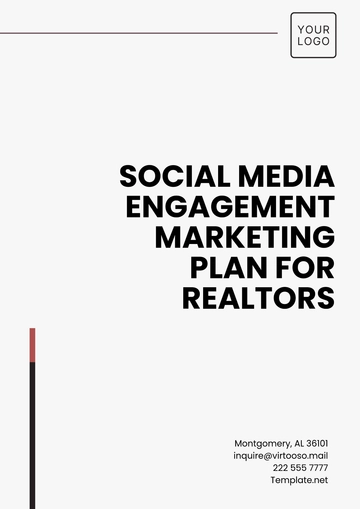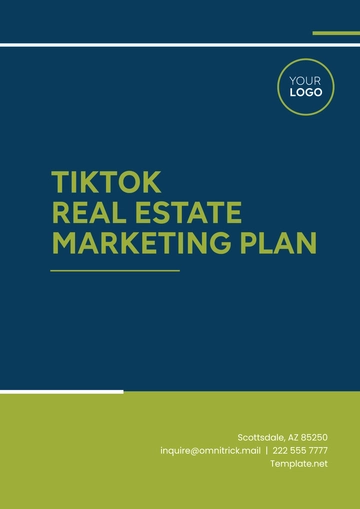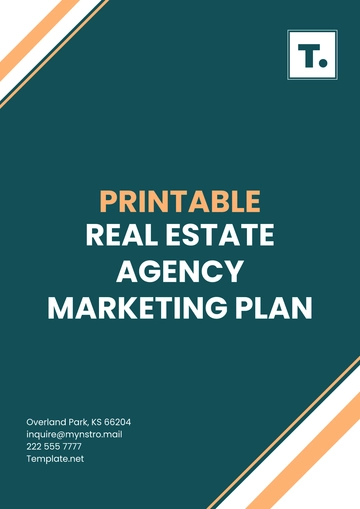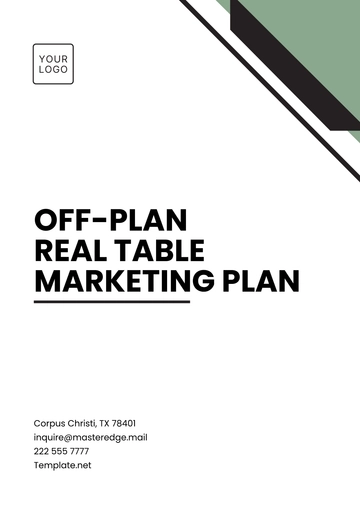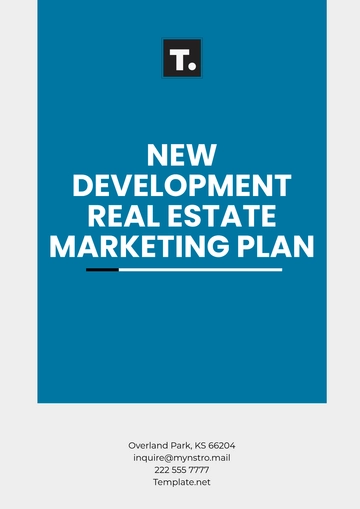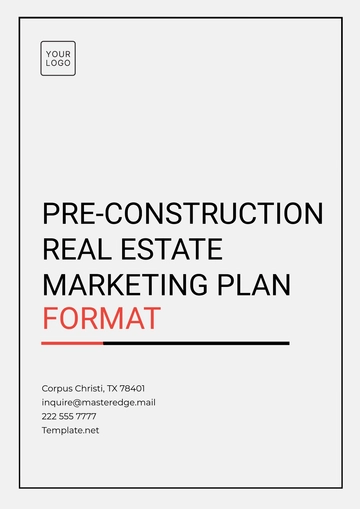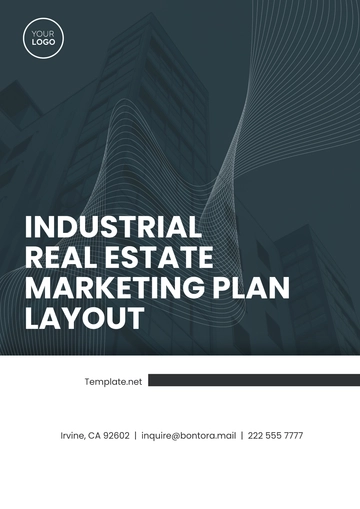Free Automotive Dealership Marketing Plan
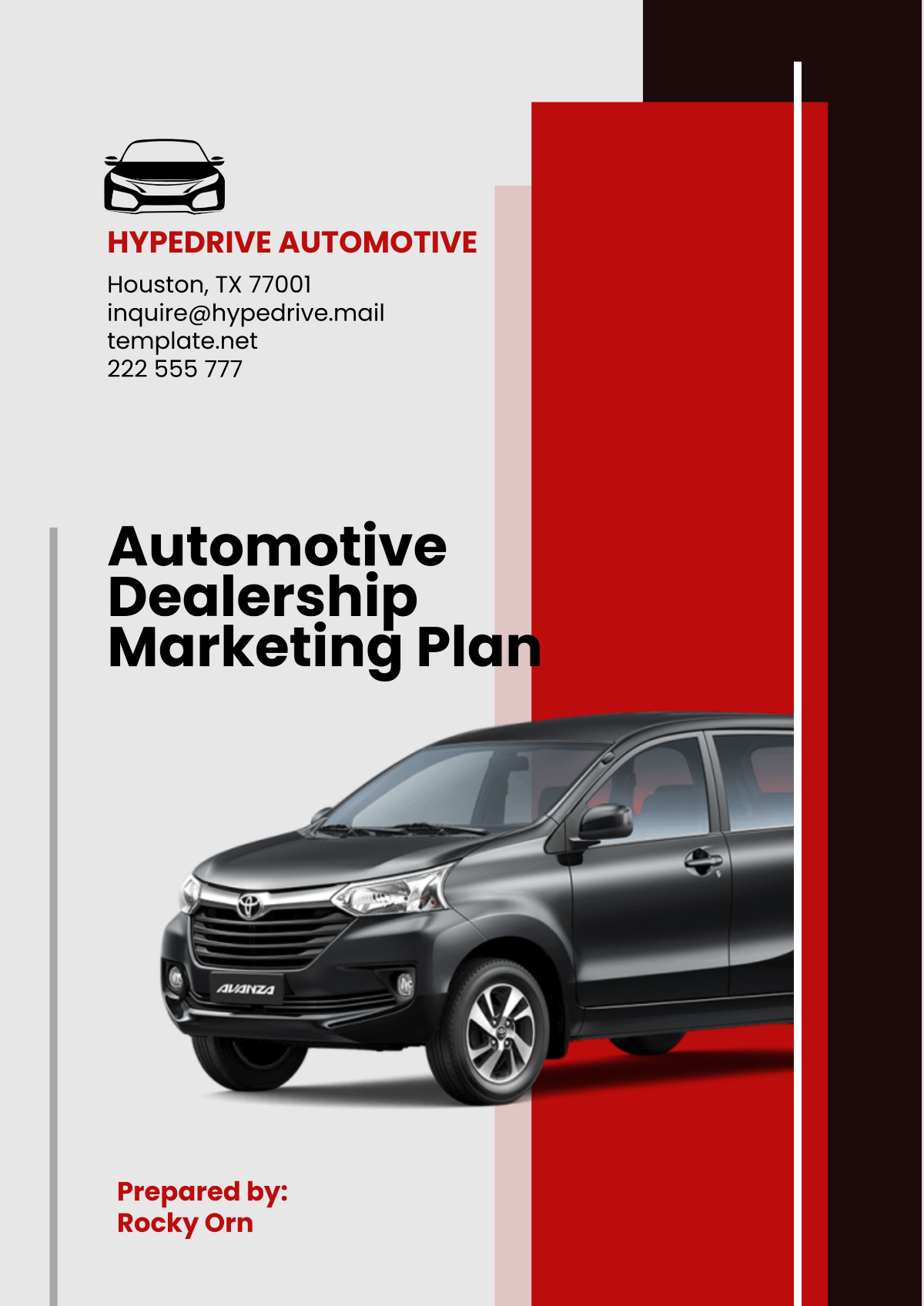
I. Executive Summary
A. Overview of the Dealership
[Your Company Name] is a premier automotive dealership located in downtown [City], specializing in both new and certified pre-owned vehicles. With a wide selection of top-tier models, ranging from luxury sedans to family SUVs, the dealership prides itself on providing exceptional customer service. Our mission is to make car buying a seamless and enjoyable experience for all customers.
B. Marketing Plan Objectives and Goals
The primary goal of this marketing plan is to increase overall vehicle sales by [00]% year-over-year. We also aim to boost customer engagement through digital channels, targeting a [00]% increase in website traffic and a [00]% increase in social media interactions. Another objective is to enhance customer retention with a focus on loyalty programs, leading to a [00]% increase in repeat business.
C. Key Marketing Strategies Overview
We will implement a balanced marketing strategy combining digital advertising, traditional media, and community engagement efforts. Our primary tactics include paid search campaigns, social media promotions, and seasonal sales events. We will also focus on enhancing our online presence through improved website functionality and content marketing initiatives.
D. Summary of Budget Allocation and Expected ROI
The overall marketing budget for the year is $[00], with [00]% allocated to digital marketing and [00]% to traditional advertising. We project a return on investment (ROI) of [00]% based on increased sales and lead generation. A detailed breakdown of expenditures includes paid search ads, event sponsorships, and print media.
II. Market Research and Analysis
A. Industry Analysis
The automotive industry is experiencing a shift toward electric and hybrid vehicles, with an increasing number of consumers prioritizing sustainability. Additionally, the industry faces challenges from economic fluctuations, influencing vehicle purchasing power. However, the local market in Springfield remains resilient, with steady demand for both new and certified pre-owned vehicles.
B. Competitor Analysis
Our primary competitors include [Competitor A] and [Competitor B], both of which offer similar vehicle selections and pricing. However, [Your Company Name] differentiates itself through superior customer service, offering personalized sales and post-sale support. Competitors frequently use aggressive pricing strategies, but [Your Company Name] focuses on providing value through added services, such as complimentary vehicle maintenance for the first year.
C. Target Audience Identification
Our target audience consists of individuals aged 30-50, with a balanced mix of male and female buyers, including both first-time car buyers and experienced professionals seeking a second or luxury vehicle. We also aim to capture the attention of environmentally-conscious buyers, particularly interested in hybrid and electric vehicle options. Additionally, families looking for reliable and safe vehicles remain a core demographic.
III. Marketing Goals and Objectives
A. Sales Goals
The objective we are striving to accomplish this year involves selling a total of 1,500 vehicles. Central to this effort is our intent to enhance the sales of sport utility vehicles (SUVs) and electric vehicle models by [00] percent. To further support our financial goals, we aim to realize a [00] percent increase in the average selling price of our vehicles. This will be achieved by emphasizing the promotion of higher-end models and encouraging the purchase of additional features and add-ons. Our strategy focuses on attracting new buyers and retaining existing customers to meet sales targets.
B. Customer Acquisition and Retention Goals
We aim to generate 1,000 new leads per month through digital channels, including paid search ads and social media. Our customer retention goals include enrolling at least 500 customers in our loyalty program, offering exclusive discounts and incentives for repeat purchases. Additionally, we aim to increase customer satisfaction rates by [00]%, ensuring positive reviews and referrals.
C. Brand Awareness and Reputation Goals
By the end of the year, we intend to increase brand awareness by [00]%, measured through social media impressions and local event participation. We will also focus on enhancing our online reputation, aiming for a 4.5-star rating on platforms like Google and Yelp. Positive customer experiences and transparent communication will be pivotal in improving our public perception.
IV. Branding and Positioning
A. Unique Value Proposition (UVP)
[Your Company Name] offers an unmatched customer experience, from personalized sales consultations to post-purchase services like free vehicle detailing. Our dealership focuses on providing high-quality, reliable vehicles, complemented by exceptional after-sales support. Customers can trust us to guide them through the car-buying journey with honesty, integrity, and no pressure.
B. Brand Identity
Our brand identity is a comprehensive reflection of our unwavering commitment to various core principles, namely quality, trust, and a service ethos that prioritizes the customer above all else. The logo, a visual cornerstone of our brand, is rendered in a modern design that employs bold colors; these are not mere aesthetic choices but are carefully selected to symbolize our dedication to both innovation and reliability. Our messaging strategy prioritizes customer satisfaction across all channels by emphasizing transparency and long-term relationships.
C. Positioning Strategy
[Your Company Name] positions itself as the go-to dealership for both first-time buyers and repeat customers looking for top-quality vehicles at competitive prices. We aim to be seen as the trusted partner in the community, offering a no-hassle experience with a focus on long-term customer satisfaction. Our strategy is to highlight the convenience and reliability of buying from a locally-owned dealership that understands its customers' needs.
V. Marketing Strategies and Tactics
A. Digital Marketing Strategies
Our digital strategy includes paid search campaigns targeting relevant keywords like "affordable SUVs near Springfield" and "best deals on electric vehicles." We will also boost engagement on social media platforms by posting regularly and running sponsored ads to attract our target demographic. Additionally, we will optimize our website for mobile users, ensuring an easy and intuitive shopping experience.
B. Traditional Marketing Strategies
We will utilize radio ads and local TV spots to promote seasonal sales events and special promotions. Print advertising in local newspapers and magazines will complement our digital strategy, with special offers and financing options featured prominently. Billboards placed strategically around the city will increase visibility and reinforce our presence in the community.
C. Promotions and Special Offers
[Your Company Name] will host a series of seasonal sales events, including a "Spring Into Savings" event offering discounts on select vehicles. We will also launch a "Trade-In for Upgrade" promotion, allowing customers to receive higher-than-usual trade-in values. Financing options with low-interest rates and extended warranty packages will be highlighted throughout the year.
D. Community Engagement and Sponsorships
We will sponsor local charity events and community festivals to increase brand visibility and demonstrate our commitment to Springfield. Test-drive events at local parks and sporting venues will give potential customers an opportunity to experience our vehicles firsthand. We will also host customer appreciation days to strengthen relationships with our loyal clientele.
E. Content Marketing and Public Relations
Our content marketing strategy includes publishing bi-weekly blog posts that focus on vehicle maintenance tips, new model reviews, and car-buying advice. We will create video content showcasing customer testimonials and the features of new vehicles. Press releases will be sent to local news outlets to announce new vehicle arrivals and significant sales events.
VI. Sales and Customer Relationship Management (CRM)
A. Lead Generation and Nurturing
Our CRM system will help capture online leads through forms and live chat, automatically categorizing them by interest and readiness to purchase. These leads will be nurtured through targeted email campaigns that provide valuable information about available models, financing options, and special promotions. Additionally, we will employ remarketing strategies through digital ads to re-engage potential buyers.
B. Customer Retention Strategies
To retain customers, [Your Company Name] will offer exclusive loyalty rewards, including discounts on service appointments and future vehicle purchases. We will implement a series of follow-up emails post-purchase, checking in on customer satisfaction and reminding them of service opportunities. Service reminders and seasonal check-ups will be sent to customers, encouraging them to return for maintenance and fostering long-term relationships.
VII. Budget Allocation and Financial Plan
A. Overall Marketing Budget
For the year, we have allocated a total of $[00] to our marketing efforts. Of this, [00]% will be spent on digital marketing, including paid search ads, social media campaigns, and website optimization. The remaining [00]% will be distributed among traditional advertising, community events, promotions, and public relations efforts.
B. Cost Analysis and ROI Expectations
We anticipate that every dollar spent on digital marketing will generate $[00] in revenue, given the high conversion rates of paid search ads and social media lead generation. Our traditional marketing strategies are expected to produce a more modest ROI of 2.5x, particularly through radio, print, and billboards. The overall return on investment (ROI) for this plan is projected to be around [00]%, based on increased vehicle sales and customer engagement metrics.
C. Contingency Fund
To address any unexpected market changes or opportunities, we have set aside [00]% of the marketing budget as a contingency fund. This reserve will be used for last-minute promotional events, additional media buys if campaigns underperform, or to invest in emerging marketing channels. This flexible budget ensures that we can react swiftly to new trends or challenges.
VIII. Measurement and Analytics
A. Key Performance Indicators (KPIs)
Our KPIs will be aligned with both sales and engagement goals. Primary KPIs include vehicle sales conversion rates, website traffic, lead generation volume, and social media engagement metrics (likes, shares, comments). Additionally, customer satisfaction scores and the number of repeat customers will be tracked through our CRM system.
B. Performance Tracking Tools
We will use Google Analytics to measure website traffic and conversion rates, ensuring that the website is optimized for user experience and lead generation. Our CRM software will provide detailed reporting on lead nurturing, sales conversion, and customer retention metrics. Social media tools like Facebook Insights and Instagram Analytics will help track the effectiveness of our digital campaigns and audience engagement.
C. Reporting and Review Process
Performance will be reviewed on a monthly basis to assess the effectiveness of marketing activities. We will conduct quarterly reviews to evaluate the success of large campaigns and make necessary adjustments. Based on data, we will optimize our strategies, shifting budget allocation towards the most effective channels and tactics.
IX. Implementation Timeline
A. Marketing Campaign Calendar
The marketing campaign calendar outlines key dates and timelines for major campaigns. For example, the "Spring Into Savings" event will run from April 1st to April 15th, while the summer sale event will be held from June 15th to June 30th. Additionally, content for social media and the blog will be planned three months in advance, with weekly updates and posts scheduled.
B. Action Plan for Execution
The execution of this plan will be divided into specific tasks assigned to the appropriate teams. The digital marketing team will be responsible for managing online ads and optimizing the website, while the traditional media team will handle radio spots and print campaigns. Each team will have set deadlines for deliverables, and regular check-ins will ensure that all activities stay on track.
X. Conclusion
A. Recap of Key Strategies and Goals
This marketing plan focuses on a balanced approach, combining both digital and traditional marketing strategies to meet sales targets and increase brand awareness. By leveraging a mix of paid search ads, social media marketing, community engagement, and promotions, we aim to generate new leads and boost customer loyalty. Our sales goals include a [00]% increase in overall vehicle sales and a significant rise in customer retention.
B. Final Thoughts on Expected Impact and Growth
Through strategic implementation and constant tracking of KPIs, we anticipate substantial growth in both revenue and customer base. This plan will allow [Your Company Name] to strengthen its position as a leading dealership in Springfield, building a long-term relationship with customers and the community. We expect a clear return on investment as we drive more sales and enhance brand loyalty.
C. Call to Action for Implementation and Team Alignment
The next step is for all team members to align with the plan's objectives and start executing their respective tasks. The marketing team should begin by finalizing the budget allocations and setting up campaign timelines, while the sales team must be prepared to handle the influx of leads and customer inquiries. With consistent execution and monitoring, we are poised to achieve our goals and ensure [Your Company Name] continues to thrive in a competitive market.
- 100% Customizable, free editor
- Access 1 Million+ Templates, photo’s & graphics
- Download or share as a template
- Click and replace photos, graphics, text, backgrounds
- Resize, crop, AI write & more
- Access advanced editor
The Automotive Dealership Marketing Plan Template from Template.net is a fully editable and customizable solution designed to help you create a comprehensive marketing strategy for your dealership. With the intuitive AI Editor Tool, you can easily tailor the plan to suit your specific needs, ensuring a professional approach to driving sales and enhancing brand presence.
